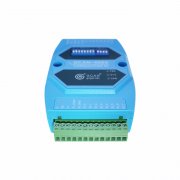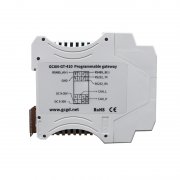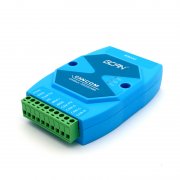Say the necessity of communicating between CAN bus and 232
In comparison, the serial bus is undoubtedly appeared before the invention of the CAN bus. The time of appearance has both advantages and disadvantages. The advantage is that because of the early time of the competition and the fewer competitors, the market share is relatively large. The shortcoming is because the time of appearance is early, so the technical level will be limited by that era, and the overall ability is naturally inferior to the latter. So, how big is the gap between the CAN bus and the RS232 serial bus? Below, we simply compare one
1. As a system for industrial control, reliability is undoubtedly very important. Otherwise, even if you have more excellent performance, it is completely meaningless to plug in the power and declare damage. So how do we know if these bus systems are unreliable? In fact, look at their ability to resist external interference. As an electronic article, the probability of being physically hit is generally small, and the probability of being subjected to electromagnetic interference is relatively large. In some strong magnetic field environments, some bus systems, such as the RS232 serial bus, will work abnormally, but the function will be lost for a short time, and the device will be directly paralyzed, and the devices it controls may have problems such as running chaos. Have to say that it is a threat. The relative CAN bus basically does not have this problem, because its data transmission principle is differential voltage signal transmission data. That is to say, it transmits data through two wires wound together. The two wires have a high voltage and a low voltage, so that a voltage difference is generated between them, and the signal transmission of the CAN bus is It is achieved by this voltage difference. If this is the case, we will look back at the influence of external interference on it. In a strong magnetic field, the voltage difference between the two wires may become larger or smaller, but there is still a gap. In other words, the CAN bus signal can still be generated and transmitted. After all, the situation in which the voltage values of the two wires are exactly the same is basically invisible. Unless the magnetic field environment is too harsh and exceeds the maximum value of the CAN bus, it will stop working. At this time, the node devices connected to the CAN bus will actively cut off the connection with the bus without continuing to operate incorrectly, posing a threat to the safety of the production personnel. In addition, if the construction site can not withstand the CAN bus, then generally we can detour.
2. The transmission distance of data. For industrial control, you can only transfer information, and you have to transfer the information far enough. In particular, the effective data transmission distance must be far and far, so that it can have good compatibility and adaptability to different construction projects and reduce the cost of control. At this point, RS232 can only carry out data transmission of about 50 meters at the farthest, which is not necessarily a valid data transmission distance. So what is the CAN bus? Relatively speaking, the farthest data transmission distance of the CAN bus reaches 10 kilometers, and within 40 meters, its data transmission speed can reach a peak of 1000Kbps. It is necessary to know that the RS232 bus has only a few tens of K. After more than forty meters, the data transmission speed of the CAN bus will gradually slow down. However, if we think that the CAN bus still has a speed of 5Kbps 10 kilometers away, we will know that its data transmission speed attenuation should be It is very slow, and within a few hundred meters, its data transmission speed is still faster than the peak of RS232. From this point, we can see the huge gap between the CAN bus and the RS232 bus.
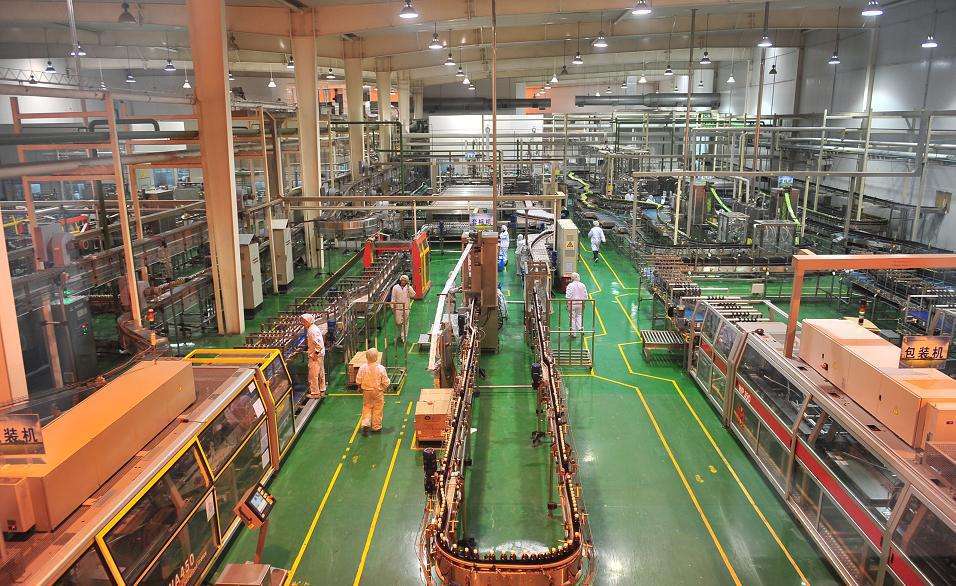
3. In terms of the number of connectable node devices, the CAN bus can theoretically connect 110 nodes. What is the RS232 bus? One. Imagine if you do not consider the data transmission distance and other data transmission speeds, just look at the number of connectable node devices, let RS232 replace the CAN bus is applied to the car, then what kind of car will be. Maybe the whole car can't see anything more than a strip of various lines.
Because the CAN bus has much better performance than the he use of the CAN bus to replace the serial port bus such as RS232 is getting louder and louder. However, the reality we face is that if the CAN bus is used to replace the serial port bus such as RS232 at one time, the time cannot be afforded, and the cost cannot be afforded, which is often worth the loss. Therefore, we should use a tool to convert data between the RS232 bus and the CAN bus, so that devices that only support RS232 bus data can also use the CAN bus for communication. The tool for data conversion between the two is the CAN to 232 gateway device, such as the GCAN-201 CAN to 232 gateway device of Shenyang Guangcheng Technology.
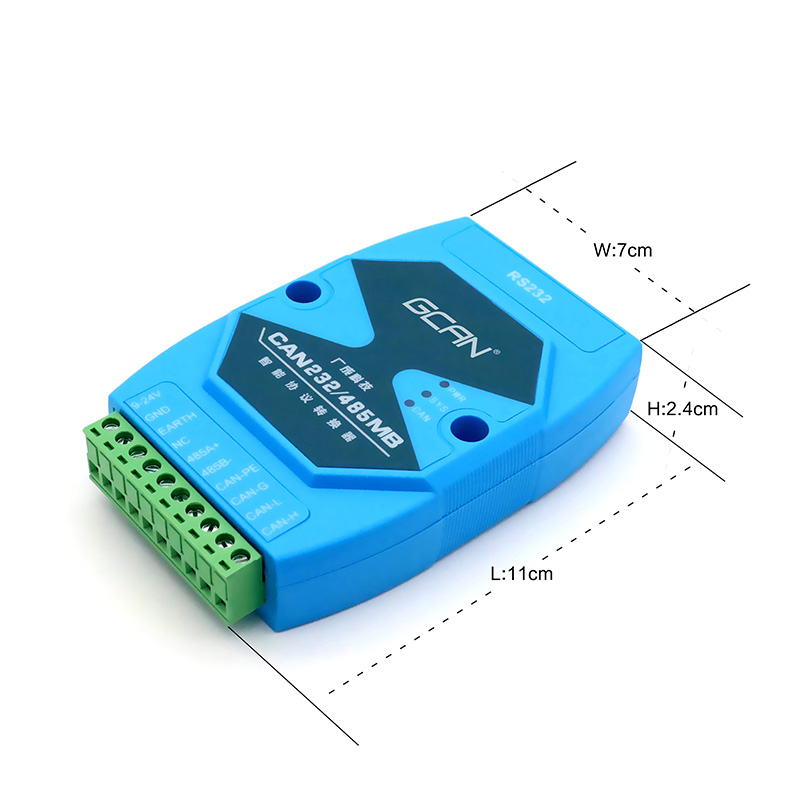
The GCAN-201 CAN to 232 gateway device of Shenyang Guangcheng Technology is an industrial-grade CAN-bus and serial bus communication integrating 1 standard CAN-bus interface and 1 standard serial interface (RS-232/RS-485). Connector (bridge). With the GCAN-201 module, users can use the RS-232/RS-485 bus to communicate with the device, and obtain the CAN-bus communication interface without changing the original hardware structure to realize RS-232/RS. The connection between the -485 communication device and the CAN-bus network constitutes a CAN-bus network control node for data processing and data acquisition in the CAN-bus network field such as fieldbus laboratory, industrial control, intelligent community, and automotive electronic network.


